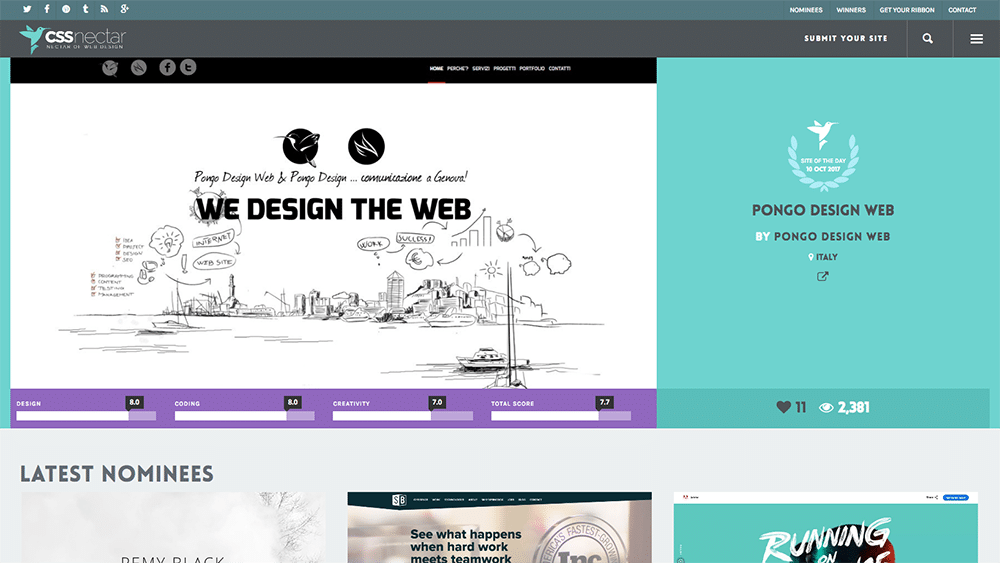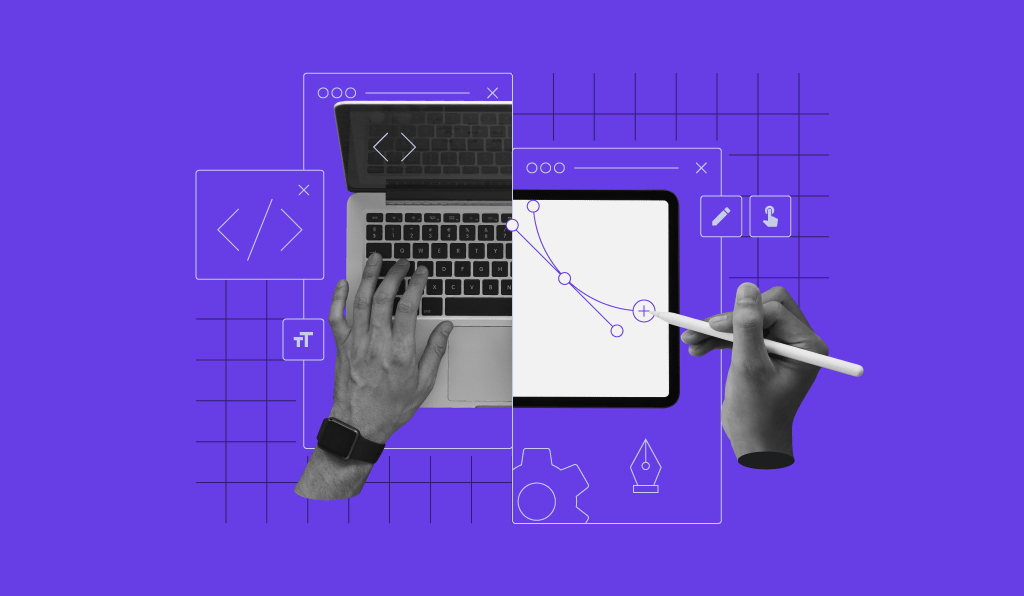How Web Design Johannesburg Specialists Can Raise Your Brand Name Identity
How Web Design Johannesburg Specialists Can Raise Your Brand Name Identity
Blog Article
Deciphering the Complexities of Responsive Website Design and Its Effect on Accessibility and Functionality Throughout Numerous Tools
Receptive website design (RWD) has actually become an essential method in creating digital experiences that are both easily accessible and practical throughout diverse tools. By incorporating methods such as fluid grids and CSS media queries, RWD not just boosts individual involvement yet likewise addresses important accessibility concerns for individuals with disabilities. As the landscape of electronic communication continues to advance, understanding the effects of RWD ends up being important. However, the details associated with achieving this equilibrium raise relevant questions regarding ideal methods and potential challenges that require further expedition.
Comprehending Receptive Website Design
Responsive website design embodies the principle of versatility, making sure that internet sites provide an ideal watching experience throughout a selection of tools and display dimensions. This approach employs versatile grids, designs, and pictures, allowing the material to dynamically change based upon the customer's device. The surge of mobile internet use has actually made receptive layout not simply a fad, but a requirement for contemporary web advancement.
At its core, responsive internet design stresses fluidity and scalability. By making use of CSS media inquiries, programmers can tailor styles to varying display measurements, ensuring that message stays understandable and photos are presented suitably. This method fits the diverse array of devices, from smartphones to huge desktop computer screens, assisting in seamless navigating and interaction.
In addition, receptive internet style boosts customer interaction by minimizing the requirement for too much zooming or straight scrolling, which can take away from the individual experience. By prioritizing accessibility, companies can reach a more comprehensive audience, ensuring that all customers, regardless of device, can access material properly. Eventually, comprehending receptive website design is essential for developing sites that are not only aesthetically appealing yet user-friendly and additionally practical throughout diverse systems.

Secret Concepts of RWD
Highlighting adaptability and user-centric design, the essential principles of responsive website design (RWD) rotate around creating a seamless experience no matter the gadget being utilized. One essential concept is fluid grids, which use relative systems like portions as opposed to taken care of dimensions. This method makes sure that format components adjust proportionally to differing screen sizes, preserving aesthetic coherence.
An additional crucial principle is flexible images and media, which resize within their containing components. web design Johannesburg. By using CSS methods such as max-width, designers can prevent photos from surpassing their parent containers, guaranteeing that visuals remain sharp and suitably scaled across devices
In addition, media questions play an essential role in RWD, permitting designers to apply details CSS styles based on the features of the gadget, such as alignment, size, and height. This capacity makes it possible for customized experiences that enhance use and engagement.
In addition, a mobile-first method is increasingly preferred, where designs focus on smaller sized screens and considerably enhance for bigger devices. This concept not only enhances efficiency however additionally deals with the expanding prevalence of mobile surfing. Jointly, these principles develop the foundation of responsive website design, promoting a easy to use and versatile digital atmosphere.

Influence On Availability
The combination of responsive web design plays a crucial duty in improving ease of access for all customers. By taking on a versatile design that adjusts to differing screen sizes and alignments, receptive style makes sure that material remains legible and easily navigable despite the device used. This flexibility is particularly significant for people with disabilities, who might count on assistive innovations that operate better when material is structured responsively.
Additionally, responsive web design lowers the probability of issues such as straight scrolling, which can impede customers with motor disabilities or aesthetic impairments. By supplying a constant user experience hop over to here throughout devices, developers can focus on ease of access attributes such as keyboard navigating and screen visitor compatibility, permitting for an extra comprehensive electronic environment.
Additionally, internet search engine progressively prefer responsive layouts, which can boost exposure for customers seeking easily accessible content. As an outcome, companies and businesses are motivated to embrace these practices not just to abide by access standards yet likewise to reach a more comprehensive target market. Ultimately, receptive web layout is important in promoting equitable access to details and services throughout diverse customer teams, thus promoting a comprehensive digital landscape.
Capability Throughout Instruments

Furthermore, the performance of internet applications can differ significantly throughout devices. Smart phone typically have actually restricted handling power and slower internet links, which can affect packing times and general individual experience. It is important for developers to maximize images, scripts, and other resources to make sure that performance remains efficient and constant, despite the tool being used.
In addition, the design and structure of content need to adapt fluidly to different screen sizes to maintain use. This flexibility not just boosts customer involvement however likewise decreases disappointment, eventually leading to greater retention rates. In recap, prioritizing performance throughout gadgets is essential for creating a efficient and comprehensive web presence that accommodates the varied requirements of users.
Ideal Practices for Implementation
Applying responsive web layout efficiently calls for a critical method that focuses on individual experience and access. To accomplish this, start by adopting a mobile-first design ideology, which stresses producing an ideal experience for smaller sized displays prior to scaling approximately larger tools. This method makes sure that crucial web content is prioritized which functions are seamlessly incorporated.
Next, make use of liquid grids and adaptable designs. Employ relative systems, such as portions, instead of dealt with devices like pixels - web design Johannesburg. This flexibility enables material to resize dynamically based on the display's dimensions, improving use throughout numerous devices
Moreover, include media questions to apply details Homepage CSS rules based upon the qualities of the device, such as height, width, and resolution. This targeted approach enables for customized experiences that deal with the unique capacities of each gadget.
In addition, prioritize availability by making sure that all interactive aspects are conveniently navigable via touch or keyboard. Execute semantic HTML to enhance screen visitor compatibility and maintain high comparison proportions for readability.
Final Thought
In see this conclusion, receptive web design acts as a fundamental component in creating practical and accessible digital experiences throughout diverse gadgets. By integrating liquid grids, versatile pictures, and CSS media questions, receptive design not only boosts customer engagement yet also promotes fair access to details for all individuals, consisting of those with specials needs. Following ideal techniques in application makes certain that websites remain adaptable, eventually cultivating a much more comprehensive electronic atmosphere that satisfies the varying requirements of individuals.
Receptive web layout (RWD) has emerged as a basic method in producing electronic experiences that are both useful and accessible across varied tools.Responsive internet style embodies the concept of flexibility, making certain that web sites offer an optimum watching experience throughout a variety of tools and screen dimensions.Highlighting flexibility and user-centric style, the essential principles of responsive internet style (RWD) rotate around developing a smooth experience no matter of the tool being made use of.Performance across gadgets is a vital consideration in internet design, as individuals engage with material with a variety of platforms, including tablets, mobile phones, and desktop computers.In final thought, responsive internet design offers as a foundational aspect in developing useful and easily accessible digital experiences throughout varied tools.
Report this page